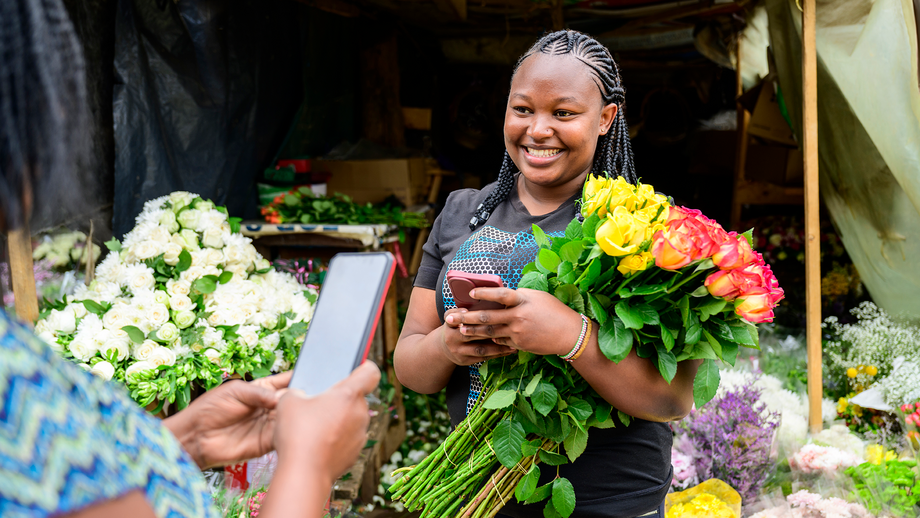In order to better serve the needs of developing populations around the world, the United Nations has identified “achieving universal connectivity by 2030” as a primary goal.1 Sub-Saharan Africa is home to more than a billion people, a large proportion of whom live in low-income and lower-middle-income countries.2 This huge population is not uniformly connected to the internet, however. Further, there is some evidence that not all users are utilizing their connectivity to its full capacity.
While 40% of the adult population is now connected to mobile internet services, “another 44% live in areas covered by mobile broadband networks, but do not yet use mobile internet services (the usage gap),” stated a 2022 report.3 An even more current study notes that about 175 million people in Sub-Saharan Africa live in areas that don’t have mobile broadband coverage.4 Here’s another number: only 49% of connections in the area were being utilized by smartphones in 2022.5 Though this is expected to grow to 61% by 2025,6 it is still not huge. This low penetration points to the fact that smartphones are still outside the reach of half the population.
However, a willingness to adapt fuels innovation. One such innovation that may be familiar to readers elsewhere is the M-PESA, an SMS-based money transfer service that was rolled out by Safaricom, a major Kenyan mobile network operator (MNO) in 2007. M-PESA doesn’t require users to have smartphones or bank accounts to function. Thus, it takes two critical issues that face most other forms of digital payment in the Sub-Saharan region out of the equation. These issues are
- a lack of internet penetration and
- significant numbers of the population being un- or underbanked.
While illustrating that Sub-Saharan Africa has its own unique characteristics when it comes to connectivity, this also points to the ingenuity of those who live within that telecommunication market, and who deal with its realities every day.





